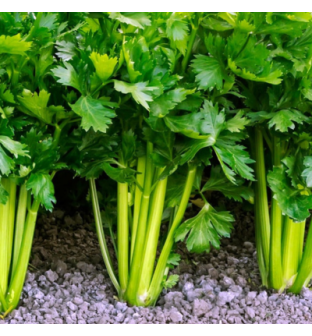Salt-free eating has become increasingly popular as more individuals aim to lower sodium intake for health reasons. However, it's vital to differentiate between moderate salt reduction and total elimination. Balance is crucial.
Salt, composed mainly of sodium and chloride, is essential for proper bodily functions, including fluid balance, nerve signaling, and muscle function. Inadequate sodium intake can lead to various health issues.
